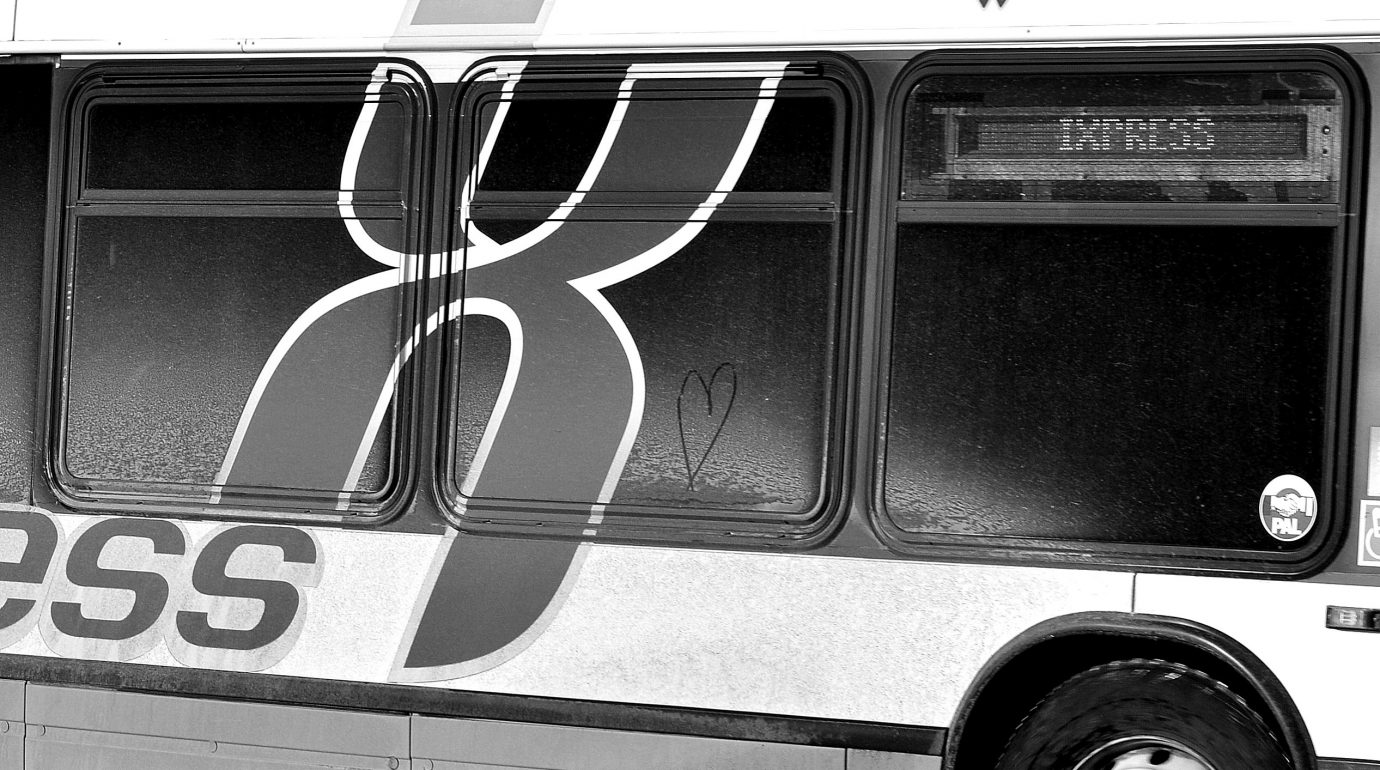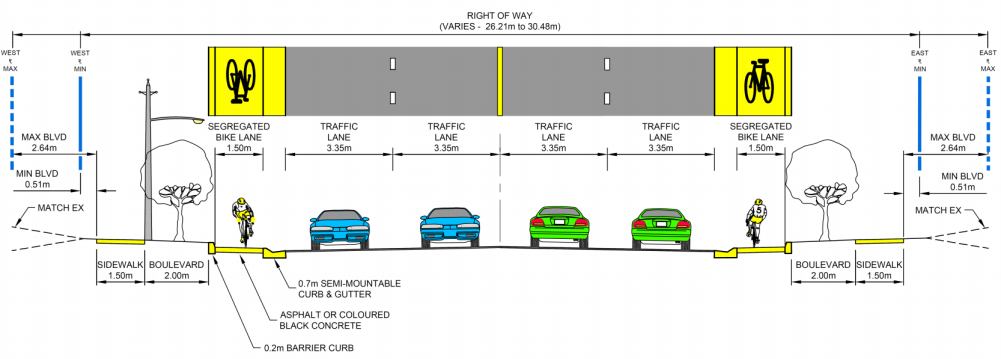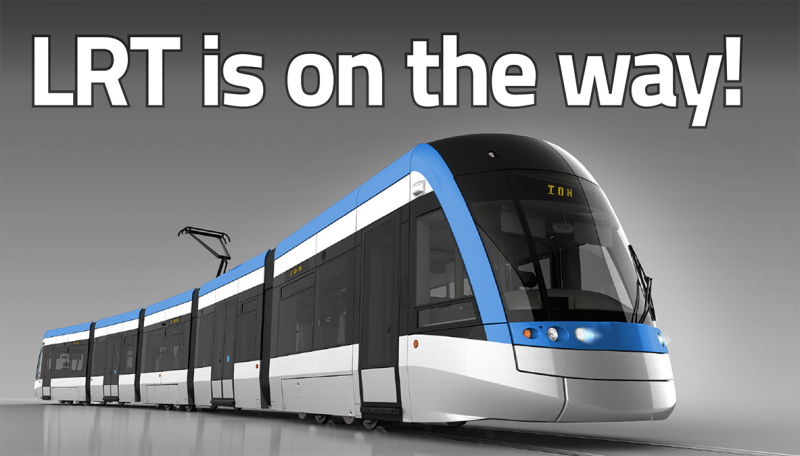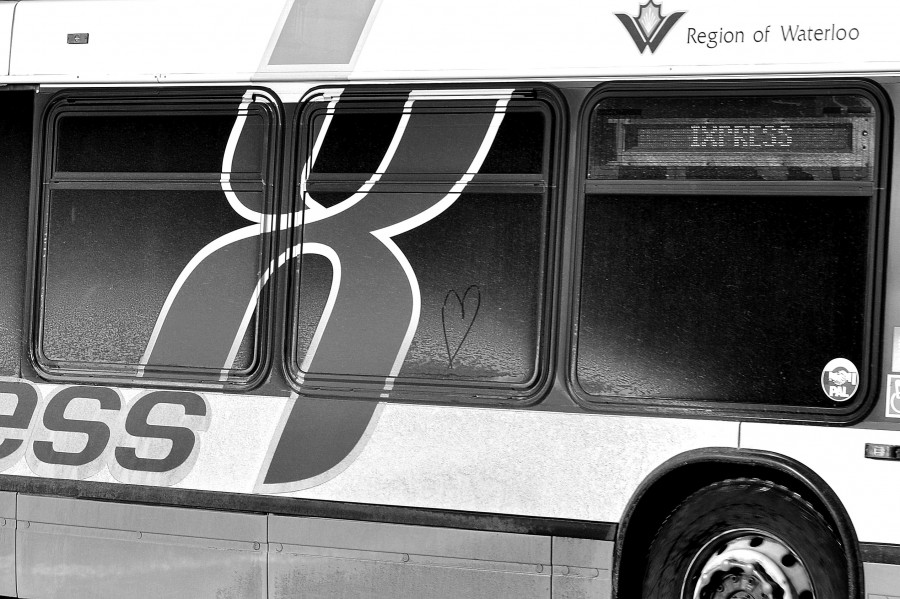Regional Strategic Plan
In addition to the online “Strat Chat” forum, the Region is hosting a series of focus groups and public forums to help set its new strategic plan.
Focus Groups:
Focus Group 1: March 6/15
99 Regina Street, S.
Waterloo
Room 508
1:00 – 3:00 pm
Focus Group 2: March 9/15
150 Frederick Street,
Kitchener
Room 110
10:00 – 12:00 pm
Focus Group 3: March 12/15
150 Main Street,
Cambridge
Board Room
1:00 – 3:00 pm
Focus Group 4: March 25/15
Sunnyside Home,
247 Franklin St. N.
Kitchener
10:00 – 12:00 pm
Public Forum:
The Region of Waterloo would like to invite you to a Community Conversation
to discuss our changing population and the trends that could shape our
community’s future.
Key note speaker Doug Norris (Chief Demographer at Environics Analytics) will
discuss the shifts in our community’s population and the potential implications
for policies, programs and services.
We hope you can join us to:
Discuss the trends and implications these changing demographics have
on community programs and services.
Share your thoughts and ideas to help inform the Region of Waterloo’s
priorities for the 2015-2018 Strategic Plan.
Two sessions are being offered:
Thursday, March 26, 2015
7:00 – 9:00 pm
Waterloo Region Museum (Theatre)
10 Huron Road
Friday, March 27, 2015
10:00am – 12:00 pm
150 Frederick Street
Kitchener, (Council Chambers)
This session will also be webcast.
RSVP online at: http://bit.ly/1vGSEPw
Growth Plan and Greenbelt Review
“The best transportation plan is a great land use plan.”
– Brent Toderian
How our communities are laid out has a profound impact on how we are able to get around: growing our cities up, not out, enables more people to choose to walk, bike, or take transit. Ontario is reviewing its Greenbelt Plan and the Growth Plan and is hosting a town hall in Waterloo Region to gather your input. We encourage you to attend this event and urge the Province of Ontario to strengthen the tools our municipalities have to shape healthy growth.
March 25
6pm-7pm Open House
7pm-9pm Formal Meeting
Bingeman’s Conference Centre
425 Bingeman’s Centre Drive, Kitchener
Facebook event
Climate Change Plan
The province is also performing consultations in preparations for its climate change plan. As enabling better transportation choices can improve carbon footprints, this is an opportunity to advocate for better active transportation and transit. A town hall to receive feedback is being held in Waterloo Region.
March 19
6-8pm
Kitchener Public Library, Main Branch
68 Queen Street N, Kitchener
Facebook event
Bill 31, Transportation Statute Law Amendment Act (Making Ontario’s Roads Safer), 2015
This bill contains a number of road safety improvements including a 1 metre passing rule, explicit permission for municipalities to build contra-flow bike lanes, and changes to pedestrian crossing rules. The bill is currently in committee, and will be reviewed on March 9 and 11. Details on how to present or submit written comments to the Standing Committee on General Government can be found here: http://www.ontla.on.ca/committee-proceedings/committee-hearings-notices/files_html/Bill%2031%20Ad%20-%20English.htm
Read More »







